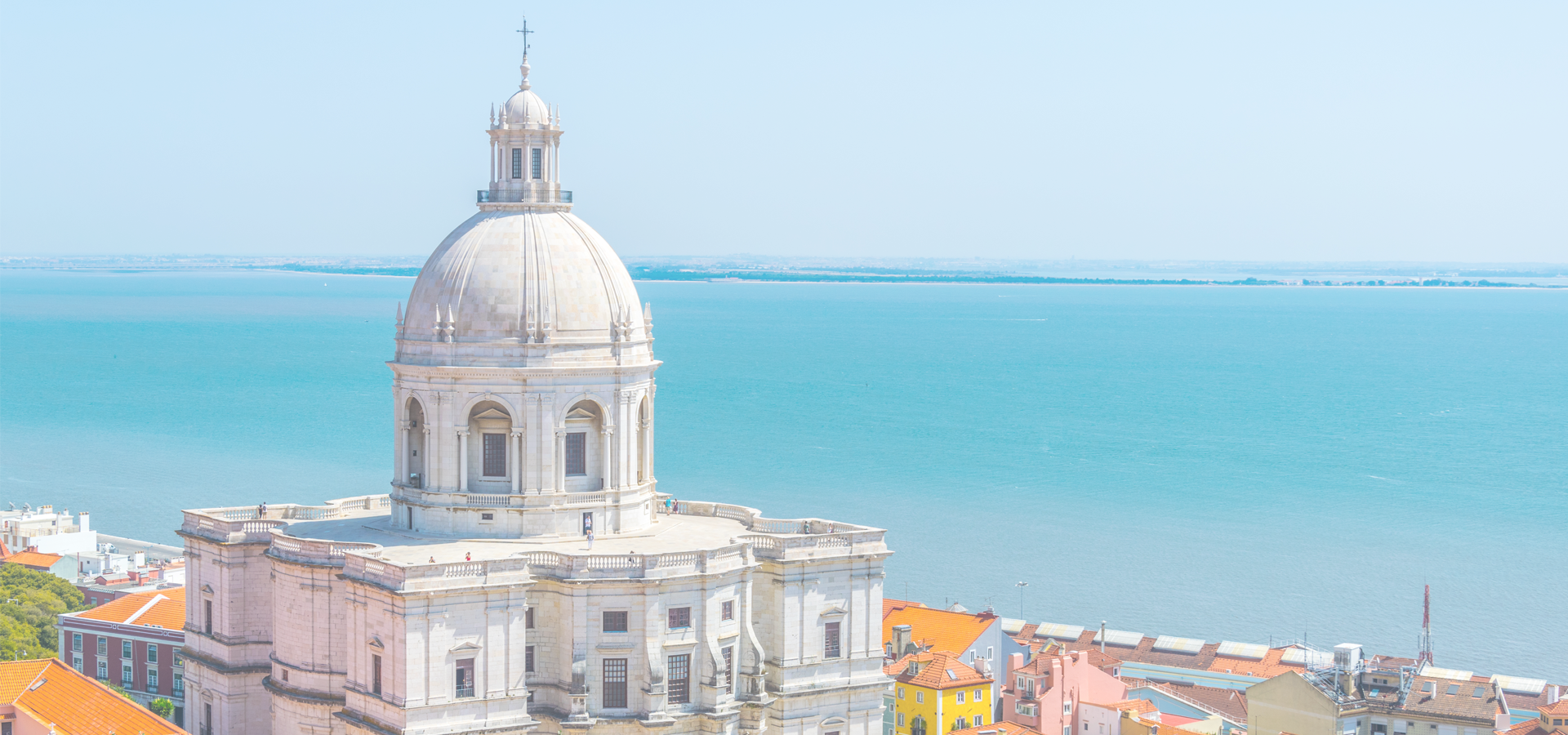Mértola, Alentejo Region, Portugal
🇵🇹 Mértola is a town and municipality in south-eastern Portuguese Alentejo near the Spanish border. Its area is approximately 1,292.87 square km (499.18 sq mi): it is the sixth-largest municipality in Portugal. Meanwhile, it is the second-lowest population centre by density with approximately 5.62 persons/1 square kilometre (0.39 sq mi) (second to the adjacent Alcoutim).
The seat of the municipality is the town of Mértola, located on a hill over the Guadiana River. Its strategic location made it an important fluvial commercial port in Classical Antiquity, through the period of Umayyad conquest of Hispania: Mértola's main church (the Church of Nossa Senhora da Anunciação) was the only medieval mosque to have survived the period in Portugal.
In 2017 Mértola started the process to become a UNESCO World Heritage Site.
History Mértola was inhabited at least since the Iron Age at least by Conni and Cynetes settlements, was influenced by the Phoenicians and finally named Myrtilis Iulia by the Romans.
The strategic location of Mértola, on a hill by the northernmost navigable part of the Guadiana river, was crucial in its early development. Agricultural products grown in the villae nearby and valuable minerals (silver, gold and tin) obtained from the lower Alentejo region were sent from the fluvial port of Mértola via the Guadiana to Southern Hispania and the Mediterranean.
Between 1st and 2nd century, Myrtilis, was part of the larger Pacensis region (under the capital Beja/Pax Julia), acquired a great importance, as a dynamic commercial centre, permitting it to mint its own coin. The town was raised to the status of a Municipium in times of Emperor Augustus and was connected to important Roman cities (Beja, Évora) through a road system.
Germanic tribes During the Migration Period, Mértola was invaded by Germanic tribes of the Sueves and the Visigoths. In this period (5th-8th centuries) commerce was reduced but still active, as evidenced by Greek tombstones from the 6th-7th centuries found in Mértola which suggest the presence of Byzantine merchants in the town.
Moors Around the year 711, Hispania was invaded by the Moors from the Maghreb, inaugurating a period of great influence of Islamic culture in the Alentejo region that would last over 400 years. Mértola and its port played an important economic role in the commerce of agricultural and mineral goods between the Alentejo and other parts of Al-Andalus and Northern Africa.
Mértola had a wall dating from Roman times, but the Muslims built new fortifications and, eventually, a castle to protect it from rival Muslim and Christian states. After the fall of the Caliphate of Córdoba, in 1031, Mértola became an independent taifa state, until it was conquered by the taifa of Seville in 1044-1045. Between 1144 and 1150 the town was again seat of an independent state led by Ibn Qasi, a mystic and skilled military leader who unified Southern Portugal and fought the power of the Almoravides. The independence of the region, however, was soon ended by an invading Almohad army. The most important remnant from the Islamic period in Portugal is Mértola's ancient mosque, built in the second half of the 12th century and later turned into a church, but keeping original architectural characteristics.
Reconquista In 1238, in the context of the Reconquista, the town was conquered by Portuguese King Sancho II, putting an end on several centuries of Islamic rule in the Mértola region. The town was donated to the Knights of the Order of St. James, a Military Order that played a vital role in the Christian conquest of Southern Portugal. The seat of the Order was established in Mértola until 1316. From the Reconquista time date most of the castle, including its mighty keep, and a letter of feudal rights (foral), granted in 1254.The economic importance of Mértola and the Guadiana faded after that period.
In the 15th-16th centuries, when the Portuguese conquered several cities in the Maghreb, Mértola experienced a brief revival in its economic relevance, supplying Portuguese troops in Northern Africa with cereals. King Manuel I granted a new foral to the town in 1512.
Modernity After a long period of economic stagnation, the discovery of copper in the São Domingos Mine around 1850 led to a new wave of development that would end abruptly in 1965, when the mine was exhausted. In the next decades, the municipality lost much of its population, who emigrated to richer parts of Portugal and other European countries. Starting in the 1980s, a series of archaeological surveys brought to light various remnants of past periods of Mértola, and the town became an important cultural touristic site.
Geography Administratively, the municipality is divided into 7 civil parishes (freguesias): • Alcaria Ruiva • Corte do Pinto • Espírito Santo • Mértola • Santana de Cambas • São João dos Caldeireiros • São Miguel do Pinheiro, São Pedro de Solis e São Sebastião dos Carros.
Lisbon Time

Mértola has a population of over 7,274 people. Mértola also forms part of the wider Baixo Alentejo District which has a population of over 126,692 people. Mértola is situated near Béja.
Twin Towns - Sister Cities Mértola has links with:
🇲🇦 Chefchaouen, Morocco🇰🇷 Eunpyeong District 37.603
Locations Near: Mértola -7.65,37.6333
🇪🇸 Huelva -6.945,37.255 d: 75.1
🇵🇹 Albufeira -8.252,37.089 d: 80.6
🇪🇸 Niebla -6.683,37.367 d: 90.3
Antipodal to: Mértola 172.35,-37.633
🇳🇿 Auckland 174.763,-36.853 d: 19784.6
🇳🇿 North Shore City 174.75,-36.8 d: 19783.3
🇳🇿 Hibiscus Coast 174.698,-36.606 d: 19777.6
🇳🇿 Stratford 174.283,-39.333 d: 19762
🇳🇿 Whangārei 174.326,-35.725 d: 19739.3
🇳🇿 Hamilton 175.28,-37.788 d: 19756.8
🇳🇿 Cambridge 175.467,-37.883 d: 19739.7
🇳🇿 Whanganui 175.05,-39.932 d: 19668.6